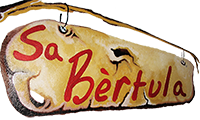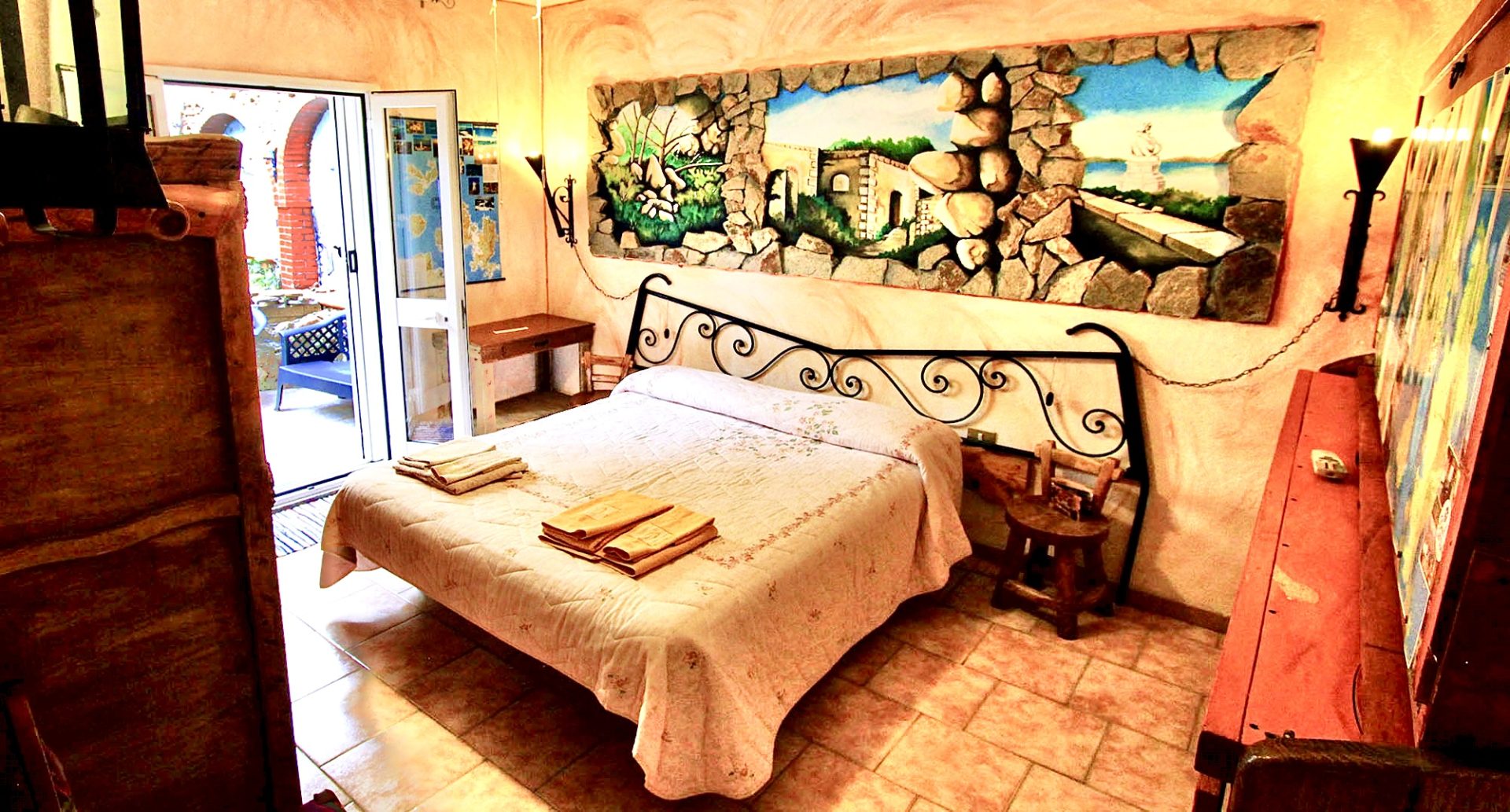That’s why it’s crucial for an investor to consider the strike price when purchasing an option, as it determines whether the option will be profitable. ‘In the money’ refers to a situation where the market price of the underlying asset is above the strike price for a call option, or below the strike price for a put option. ‘Out of the money’ is when the market price is below the strike price for a call option, or above the strike price for a put option.
Types of Options Contracts
The offers that appear on nzdusd=x interactive stock chart this site are from companies that compensate us. But this compensation does not influence the information we publish, or the reviews that you see on this site. We do not include the universe of companies or financial offers that may be available to you.
Why does Ukraine need longer-range weapons?
In this scenario, the option holder can exercise the option Profitable trading strategies to purchase the underlying stock or security at a discount to its market price. New options investors should consider adhering to some basic principles. They should refrain from writing covered ITM or ATM calls on stocks with moderately high implied volatility and strong upward momentum. Unfortunately, the odds of such stocks being called away may be quite high.
The Correlation between Strike Price and Risk
- If an investor predicts an increase in the stock price of a company, they might select a strike price just above the current market value to capitalize on the expected growth.
- Consumers with lower risk tolerance might prefer options that are in-the-money (ITM) or at-the-money (ATM), which tend to have a higher likelihood of profitability, albeit with lower potential returns.
- This expectation of volatility is baked into the option premium, and options with higher implied volatility are priced more expensively, defending against the likelihood of substantial market moves before expiration.
- One area of research that has received particular attention is the impact of strike prices on market volatility.
- But if the stock’s price dipped to $33, it would be in the money because executing it would result in a profit.
Should the market value rise above this strike price, the call option emerges in-the-money, presenting a lucrative “call” for the investor to buy at a previously agreed-upon lower price. Investors with call options aim to anticipate market surges above the call options strike price. However, the primary indicator is the surpassing of the strike price by the market value, creating intrinsic value and indicating a profitable opportunity to exercise the option. The expiration date of an option is a definitive factor in the makeup of its price.
A put option is ‘in the money’ when the market price is below the strike price. The call option is synonymous with the anticipation of an increase in the underlying asset’s value. Here, the stock options strike price acts as a benchmark—the point where the tides turn in favor of the option holder.
Weigh Your Risk-Reward Payoff
A call option with 28 days until expiration and a $185 strike price had a bid price of swiss franc to danish krone exchange rate convert chf $13. And the price of put options with the same expiration date and strike price increased to $12.25. Commission-free trading of stocks, ETFs and their options refers to $0 commissions for Robinhood Financial self-directed brokerage accounts that trade U.S. listed securities and certain OTC securities electronically.
When trading volume or volatility is relatively low and the market is trending upward, traders often buy one or more calls since call options tend to appreciate in value as the underlying asset’s price rises. Meanwhile, traders tend to buy puts when volume or volatility is relatively low and the market is trending downward since puts increase in value when the market declines. During market downturns, option traders often sell calls, while they sell puts when the market is advancing.
New customers need to sign up, get approved, and link their bank account. The cash value of the stock rewards may not be withdrawn for 30 days after the reward is claimed. With these considerations in mind, a relatively conservative investor might opt for an ITM or ATM call. On the other hand, a trader with a high tolerance for risk may prefer an OTM call. The examples in the following section illustrate some of these concepts.
In simple terms, the strike price of an options contract is the predetermined price at which the contract can be exercised. It’s the price you agree to buy or sell the underlying asset in the future. Option premiums, the cost of buying an option, are influenced by the strike price. If the option is ‘in the money,’ the premium will be higher due to the intrinsic value. Conversely, ‘out of the money’ options only have time value, resulting in lower premiums. Strike price is fundamental in options trading, shaping the dynamics of the contract.

